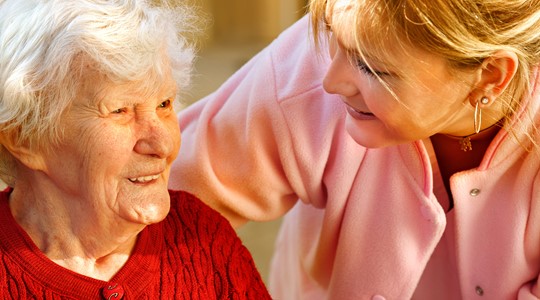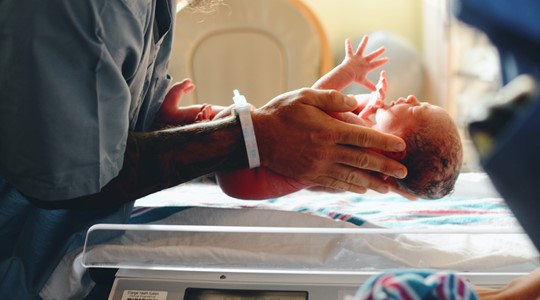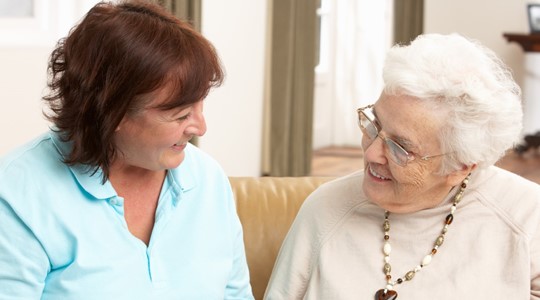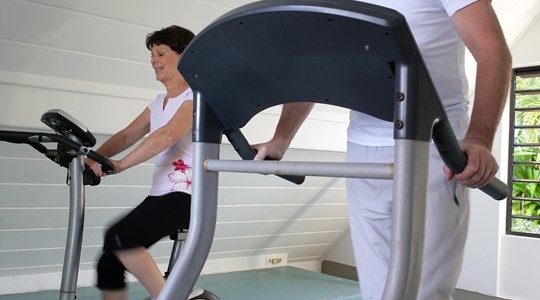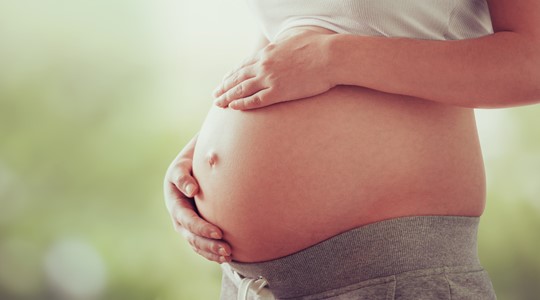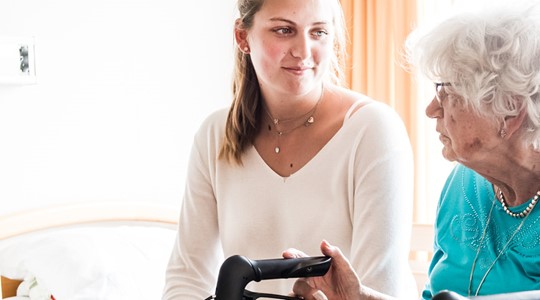In 2001, the midwife indicator list was introduced. It contained four profiles: A, B, C and D. An A meant that the pregnant woman had no problems prior to pregnancy and had no problems during pregnancy or childbirth, a C meant that you had many problems. B and D stood for consultation situations. With A, the first-line obstetrician could do the work; with C, the gynaecologist came into the picture. The problem is that this system was largely based on a separation of first and second-line care providers and on a shifting situation from few problems and risks to many problems and risks. Over the years, this system has been changing, also because the Ministry of Health wants to work towards integrated care, whereby the partitions between the various care professionals fall away.
This research group is a partnership between the Research Centre Innovations in Care of the Rotterdam University of Applied Sciences and Perined. The research group is also affiliated with the Midwifery Academy Rotterdam, which is a unique partnership between Rotterdam University and Erasmus MC in terms of midwifery education and research.


